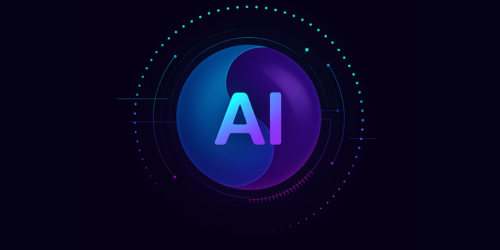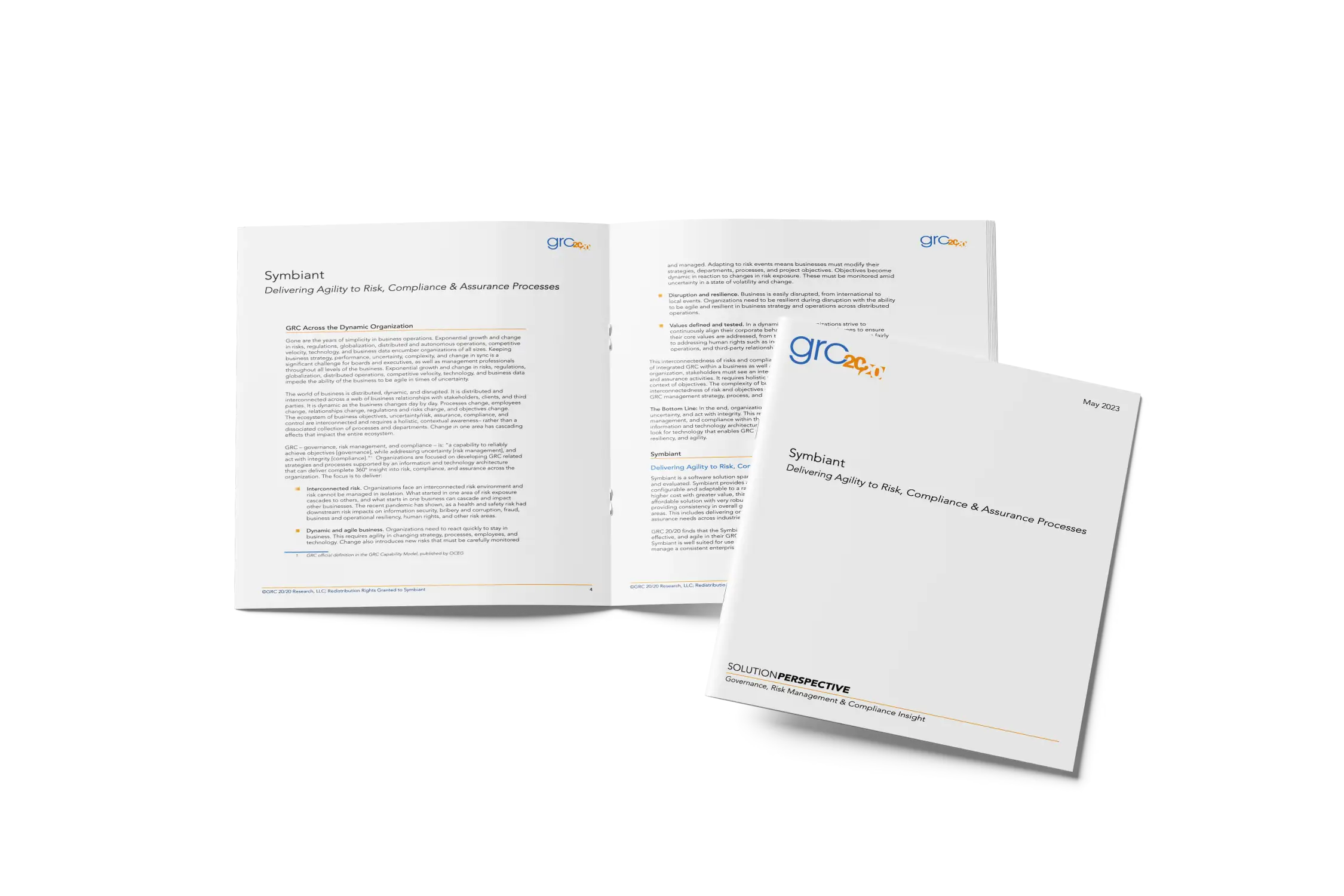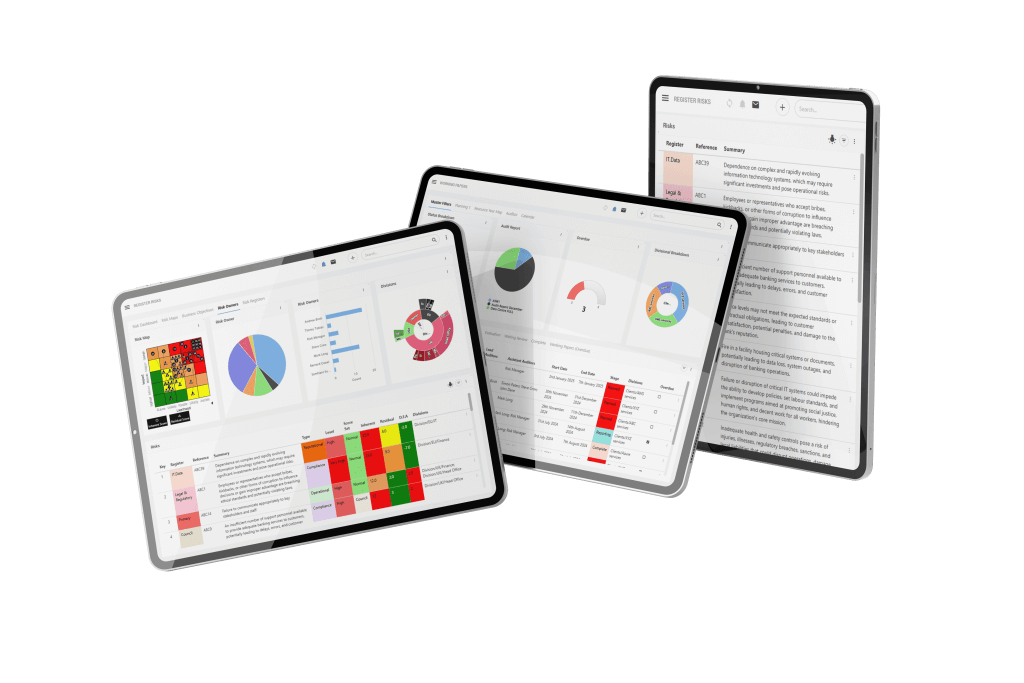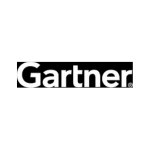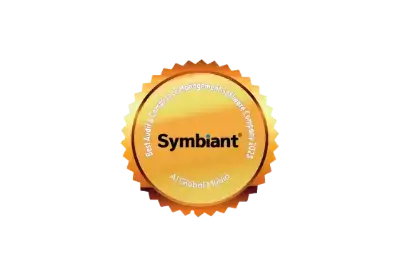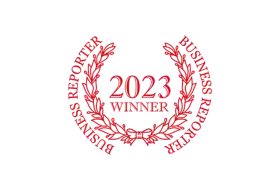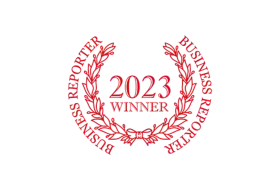What Is Risk Management?
Risk management is the process of identifying, assessing, and responding to the risks that could impact your organisation’s ability to achieve its goals. Modern businesses increasingly turn to risk management software to replace spreadsheets and manual processes, using tools that provide real-time risk scoring, monitoring, and reporting to ensure organisational resilience and compliance.
With the modern business landscape more unpredictable than ever, risks now span multiple areas: strategic, compliance, financial, operational, reputational, security, and quality. Without a clear framework, organisations can miss early warning signs and face costly disruptions. The danger is not the risk you know, it’s the one you never thought to ask about.
As the discipline has matured, risk management has branched into specialised areas such as enterprise risk management (ERM), cybersecurity risk management, operational risk management (ORM), and supply chain risk management (SCRM). Many industries now seek industry-specific risk management software, from financial services and healthcare to government and non-profits, to manage unique regulatory, security, and compliance challenges. Global standards bodies, including the International Standards Organization (ISO) and the US National Institute of Standards and Technology (NIST), have developed best practice frameworks to guide organisations in building robust, future-ready programs.
Organisations that adopt and continuously refine their risk management practices gain sharper decision-making, a higher likelihood of achieving strategic objectives, and a stronger resilience posture. Yet, with risks multiplying and diversifying across industries, the question remains: how can businesses implement a truly effective, GRC-aligned risk management process? As a multi-award-winning software provider since 1999, highly trusted by government bodies, financial institutions, charities, SMEs, and global enterprises, Symbiant offers a proven, highly trusted platform designed to answer that question, transforming risk from a static compliance task into a strategic advantage.
What Are Risks?
In the context of Governance, Risk Management, and Compliance (GRC), a risk is any event or condition, positive or negative, that could impact your organisation’s ability to achieve its objectives. Risks are not limited to worst-case scenarios; they can also be tied to opportunities that carry uncertainty.
In everyday life, we encounter risks constantly. You might trip getting out of bed, miss a flight, or run out of fuel on a journey. The same principle applies in business: some risks are worth taking because they open the door to growth, innovation, or competitive advantage, provided they’re understood and managed.
This is why modern risk management is not just about avoidance. It’s about asking:
- What opportunities are available to us, and what could we gain?
- How much uncertainty are we willing to accept, our risk appetite?
- How does this align with our business goals and objectives?
- What could go wrong, and how would we respond?
Organisations often begin by defining their objectives, then examining the risks that could affect achieving them. While financial risks are a common focus, they’re only part of the picture. Operational, compliance, reputational, security, and quality risks can be just as critical.
It’s important to remember: risks are hypothetical until realised. Once they occur, they become incidents or issues that must be addressed through established controls, contingency plans, and corrective actions. The aim of effective risk management is to identify these potential scenarios early, assess their likelihood and impact, and put measures in place to avoid, mitigate, transfer, or accept them.
With Symbiant’s multi-award-winning risk management software, this process becomes dynamic, connected, and actionable, transforming risk from a static list into a live decision-making tool that supports resilience and growth.
What Different Types of Risks Exist in Modern Organisations?
Today’s business environment is shaped by an ever-expanding risk landscape. As new challenges emerge, so do targeted risk management practices such as Operational Risk Management (ORM) and Supply Chain Risk Management (SCRM) each designed to address specific areas of exposure. These specialisations provide tailored action plans and contingency strategies that help organisations stay agile and prepared.
While risks will differ by industry and operating model, most fall into seven broad categories:
1. Strategic Risk
These are threats that can alter or undermine an organisation’s long-term direction, business model, or ability to achieve its strategic objectives. Because strategy influences every department, a shift in one area can have a cascading effect across the entire organisation. These risks can emerge from significant technology changes, such as moving to a new platform or infrastructure; major organisational restructures or workforce reductions; leadership transitions; intensifying competitive pressures; or changes in legislation and regulation. Managing strategic risk effectively means linking these potential threats directly to organisational goals, so that early action can be taken before they disrupt overall performance.
2. Compliance Risk
Compliance risk arises when an organisation fails to meet legal, regulatory, or industry-specific obligations, from GDPR and data protection laws to environmental, labour, or financial regulations. Non-compliance can lead to significant penalties, legal action, and reputational harm. These risks often emerge when policies are outdated, controls are weak, or changes in regulations go unaddressed. Effective GRC frameworks ensure compliance is monitored, documented, and acted upon before breaches occur.
3. Financial Risk
Financial risks are those that can directly impact an organisation’s revenue, profitability, or long-term stability. They may stem from market volatility, poor investment decisions, contract disputes, fraud, or failed partnerships. Because these risks can undermine the financial health of the entire business, they require careful monitoring, forecasting, and mitigation planning. Integrated risk management software makes it easier to connect financial risk indicators with operational and strategic insights.
4. Operational Risk
Operational risk relates to threats that can disrupt the everyday running of the organisation. It can be caused by internal issues, such as process failures, employee misconduct, or technology breakdowns, or external events like supply chain disruptions, natural disasters, or geopolitical instability. Left unmanaged, operational risks can delay deliveries, interrupt services, and erode customer trust. A connected risk register linked to incident reports and action plans ensures swift, coordinated responses.
5. Reputational Risk
Reputational risk is the potential damage to an organisation’s public image, brand, and stakeholder trust. In the age of instant news and social media, one negative story can escalate quickly. Data breaches, unethical practices, environmental harm, or poor customer experiences can all spark reputational crises. Proactive monitoring through Key Risk Indicators (KRI) and aligned communication strategies can help protect and rebuild trust before lasting damage occurs.
6. Security Risk
Security risks threaten both the physical safety of an organisation’s premises and the integrity of its digital assets. Cyberattacks, data leaks, unauthorised access, and physical breaches are increasingly common in today’s connected world. These risks demand layered safeguards, from strong access controls and regular testing to incident response plans that are ready to activate when needed. A unified GRC platform ensures that security risks are tracked, assessed, and linked to corrective actions.
7. Quality Risk
Quality risk refers to the possibility that a product or service will fail to meet expected standards, damaging customer satisfaction and revenue. Causes can range from process flaws and human error to equipment failures or unreliable suppliers. Monitoring quality metrics, tracking supplier performance, and linking corrective measures directly to risk registers can prevent quality issues from becoming recurring problems.
The Six Key Steps in an Effective Risk Management Process
A strong risk management framework follows a clear sequence — from spotting potential threats to reviewing how effectively they’ve been managed. This structure ensures risks are addressed consistently and linked to organisational objectives, while also allowing for continuous improvement.
1. Risk Identification
The process begins with identifying anything that could affect the achievement of objectives. This means considering risks at every level, from strategic initiatives to day-to-day operations. Input from leadership, key stakeholders, and subject matter experts helps capture a complete picture.
Risks should be documented in a risk register that includes descriptions, potential impacts, and initial ownership, forming the foundation for the rest of the process.
2. Risk Assessment and Analysis
Once identified, each risk is evaluated for its likelihood of occurring and its impact if realised. Many organisations use structured scoring systems, such as 3×3 or 5×5 matrices, to ensure consistent evaluation.
Multiplying likelihood and impact scores generates an overall risk rating, making it easier to prioritise which risks require urgent attention and which can be monitored over time.
3. Controls Assessment and Implementation
Controls are the measures put in place to reduce the likelihood or impact of a risk. This step involves reviewing existing controls to determine whether they are adequate, as well as designing and implementing new ones where gaps exist.
Controls should be clearly linked to their associated risks, with responsibilities assigned and performance monitored regularly.
4. Risk Mitigation and Treatment
This stage focuses on putting action plans into practice. There are four common approaches:
Acceptance – Acknowledging the risk within agreed tolerance levels.
Transfer – Shifting responsibility to a third party, such as through insurance.
Avoidance – Eliminating the activity or decision that creates the risk.
Mitigation – Taking steps to reduce the likelihood or impact.
The chosen treatment strategy should be documented, monitored, and adjusted as needed.
5. Monitoring, Review, and Reporting
Risks evolve, and new ones can emerge quickly. Ongoing monitoring ensures that changes in risk levels, control effectiveness, or organisational context are detected early.
Regular reviews , quarterly or more often, help ensure risk data stays accurate, while reporting keeps leadership and stakeholders informed. Lessons learned from past incidents or near misses should feed back into the process, making the organisation more resilient over time.
